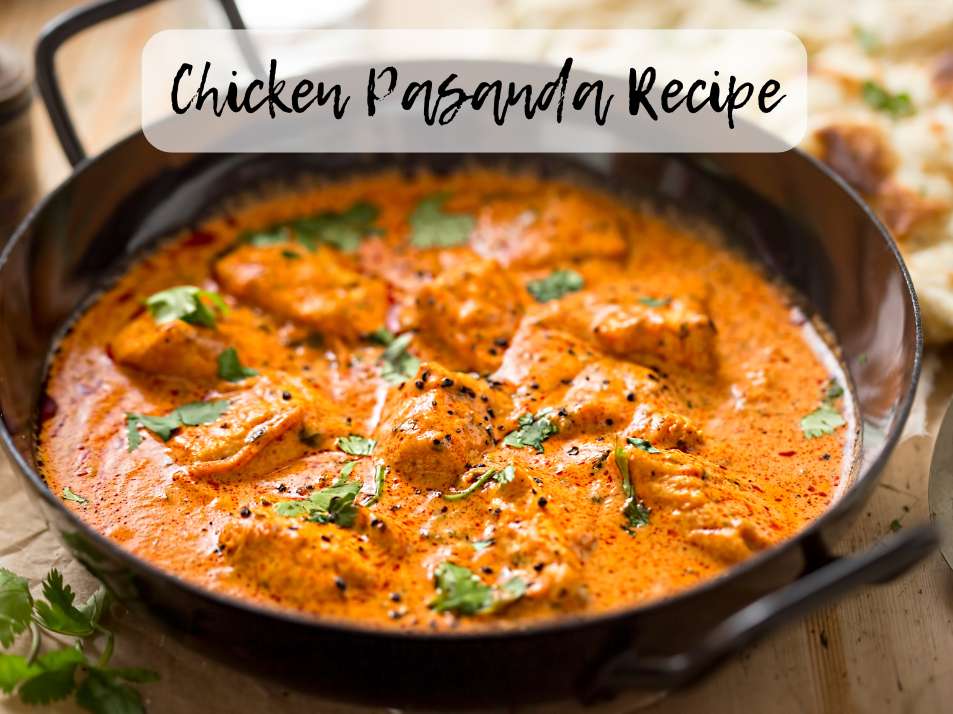
Choose the right chili seeds for your greenhouse.
Picking the right chilli seeds makes a big difference. Look for varieties that thrive in warm, humid conditions. Capsicum species like jalapeno and habanero are great choices for greenhouse growing.
These need plenty of light and warmth, exactly what a greenhouse can provide.
Start your chilli journey in February for the best results. A greenhouse that fits dimensions such as 1.2m x 1.8m to 2.4m x 3.6m is ideal.
This size gives your plants enough room to grow strong and healthy. Make sure you get your seeds from reliable sources or specialist nurseries to avoid pests like whitefly and diseases that harm young plants.
How to sow chili seeds correctly.
Sowing chili seeds the right way sets you up for a successful harvest. Late January or early February is the perfect time to start this process, using the right tools and conditions.
- Get 2.5 cm pots or a 15-module tray ready for sowing. These containers are ideal for starting your chili seeds.
- Fill each pot or module with a mix of multi-purpose soil and either perlite or vermiculite. This blend ensures good drainage and air flow around the seeds.
- Place chili seeds on the soil surface, making sure they’re not buried deep. Seeds need light contact with soil to sprout well.
- Use a heated propagator set at the right temperature to encourage germination. This tool keeps seeds warm, speeding up their growth.
- Cover pots or trays lightly with more soil or a thin layer of vermiculite. This protects seeds while still allowing them to access light easily.
- Water gently with tepid water to moisten the soil without disturbing seeds. Tepid water helps prevent shock from cold temperatures.
- Leave your pots or trays under LED grow lights or on a south-facing window sill where they can get plenty of light but avoid direct hot sun that can scorch young plants.
Following these steps will help ensure your chili seeds germinate successfully, leading to strong and healthy plants ready for transplanting later in the season.
Germination of chili: Optimal procedure.
Germinating chili seeds properly leads to healthy plants. The right conditions ensure your chilies start strong.
- Choose a sunny spot indoors, where the temperature stays between 20 and 24 degrees Celsius.
- Fill seed trays with a mixture of multi-purpose compost and John Innes potting compost for moisture retention.
- Sow the chili seeds on the surface, then lightly cover them with more compost.
- Water the seeds using water at a temperature of 20 – 24 degrees Celsius, keeping the soil moist but not soggy.
- Check daily for signs of sprouting, which usually happens in 7-14 days.
- Use a polytunnel or conservatory if available, to maintain consistent humidity and warmth around the seeds.
- Once seedlings emerge, make sure they get plenty of light to avoid leggy growths; a sunny windowsill or under grow lights works well.
- Reduce watering slightly after germination to encourage strong root development but ensure soil stays moist.
- When seedlings have formed two true leaves, prepare to pot them on into individual pots filled with a similar soil mix used for sowing.
Following these steps gives chili seeds the best chance to develop into strong plants ready for transplanting into your greenhouse or garden beds.
How to transplant your chili plants.
Transplanting chili plants helps them grow strong and healthy. Do this after they spend 8 weeks in their first home.
- Choose a south-facing mini greenhouse for your chili plants. It allows more sun.
- Use tubular heaters inside the greenhouse to keep the temperature at least 12 degrees Celsius.
- Make sure your pots have holes at the bottom. This keeps soil from getting too wet.
- Fill pots with potting mix that holds moisture well. This helps roots take in water and nutrients.
- Move each chili plant carefully to avoid damaging roots.
- Water the plants right after transplanting to settle the soil around the roots.
- Feed container-grown chillies more often, using tomato feed every two weeks for extra nutrients.
- Transfer plants gradually over a week to get them used to outside conditions, a process called hardening off.
- Check daily for pests like aphids and whiteflies, use biological controls like Encarsia formosa if needed.
- Protect young chili plants from cold snaps with mulch or fleece.
Following these steps ensures your chili thrives, reaching full potential by ripening fruit ready for harvest in your kitchen!
Guide to fertilising and watering chili.
Chili plants need the right mix of food and water to grow well. Start feeding them six weeks after planting or when you see flowers.
- Use a general purpose feed like Miracle Gro for the first feed.
- Switch to tomato feed every two weeks for more fruit.
- Daily watering is needed in summer; check soil moisture often.
- Chilies in pots demand extra feeding because they dry out faster.
- Pick liquid fertiliser to help plants get food easily.
- Keep the soil moist, not wet, to avoid root rot.
- Add manure before planting for healthy growth.
- Mulch around plants keeps moisture in the soil longer.
- Watch for side shoots and remove some to help growth.
- Pay attention to flowers—let them pollinate naturally or help them if needed.
This plan gives chilies what they need to thrive: balanced nutrients and consistent watering, leading to a bountiful harvest.
Set the best temperature and light conditions for chili.
Chili plants thrive in warmth and light. Achieving the right temperature and lighting in your greenhouse ensures healthy growth.
- Keep the daytime temperature around 25 – 30 degrees Celsius for optimal chili growth. This range supports most chili varieties well.
- Maintain a minimum night-time temperature of 12 degrees Celsius in the greenhouse to prevent damage to the plants.
- Ensure that the overall temperature does not drop below this point, as chilis are sensitive to cold.
- Provide consistent warmth by using heaters if necessary during colder months to meet these requirements.
- Use real glass greenhouses for better light transmission, which is crucial for the development of chilis.
- Position your greenhouse where it gets maximum sunlight throughout the day, especially during the growing season.
- Consider installing grow lights if natural sunlight is insufficient, ensuring they mimic natural light spectrum as closely as possible.
- Regularly measure soil moisture since moisture-retentive soil helps maintain stable temperatures around the roots.
- Adjust ventilation to manage humidity and temperature, making use of superb ventilation systems in mini greenhouses.
Each step directly impacts chili plant health by providing an environment that promotes vigorous growth and fruit production.
Planting chili in the greenhouse.
Fill pots with a rich mix of soil and plant seeds about 1cm deep. Space them out so they have room to grow.
They need warmth, so keep the greenhouse between 18-25°C. Make sure there’s enough light but no direct sun that can harm young plants.
Water them regularly but don’t let the soil get too wet. Add fertiliser once the plants have grown a bit to help them even more. Watch out for pests and deal with any problems early on.
With care, your chilies will thrive in this ideal setting, giving you ripe fruit packed with capsaicin – perfect for adding heat to dishes!
Which greenhouse is best for chili?
Choosing the best greenhouse for growing chili peppers involves several important considerations to ensure optimal growth conditions.
Firstly, consider the size of the greenhouse, as chili plants require ample space to grow and thrive. A larger greenhouse allows for better air circulation, which helps prevent diseases.
Secondly, the material of the greenhouse is crucial; polycarbonate panels are often preferred over glass because they provide better insulation and UV protection while being more durable and less prone to breakage.
Additionally, ensure the greenhouse has good ventilation systems, such as adjustable vents and fans, to regulate temperature and humidity levels, which are vital for chili growth.
Lastly, consider the climate in your area; in cooler regions, a greenhouse with better insulation and heating options might be necessary, whereas in warmer climates, shading and cooling systems will be more important. By taking these factors into account, you can choose a greenhouse that provides the ideal environment for growing healthy, productive chili plants.
One of the leading greenhouse manufacturers, Juliana, offers a range of high-quality greenhouses in both small and large sizes. This allows gardeners to select a greenhouse that fits their specific space requirements and gardening ambitions.
Juliana greenhouses are known for their durability and excellent build quality, providing reliable protection and an optimal growing environment for chili peppers and other plants. Whether you have a small backyard or a larger garden area, Juliana has the right greenhouse solution to help you achieve successful and bountiful chili harvests.
Advanced tips for growing chili.
For those ready to take their chilli game up a notch, look into pinching off early blooms and picking fruits at the perfect time. This helps your plants focus energy where it matters most for bigger, better harvests.
Plus, learn how to keep your plants cosy over the cold months so they bounce back stronger. Dive deeper to find out more about these tricks!
Correctly pinching flowers for better growth.
Pinching flowers off your chilli plants boosts their growth. Do this when the main stem reaches 30 cm to 40 cm. This method makes sure the plant doesn’t waste energy on early flowers.
Instead, it focuses on getting bigger and stronger.
After six weeks or seeing flowers, use a general fertiliser like Miracle Gro. Then, every two weeks, feed with tomato feed to keep them healthy and growing well. Short stakes support helps too.
These steps lead to more chillies later in the season.
Harvest your chili at the right time.
Harvest chili fruits with sharp scissors once they’re mature and coloured. This is crucial for achieving the best yields. Regularly picking the chilis tells the plant to produce more, increasing your harvest over time.
Make sure you don’t wait too long; as soon as they reach their full colour, it’s time to snip them off.
To keep your plants healthy and productive, look out for signs that the fruits are ready. A ripe chili will be firm to touch and have a bright, uniform colour. If left on the plant too long, they might start to soften or show signs of rotting.
By harvesting at the right moment, you ensure a bountiful crop and encourage further flowering and fruiting in your chilli plants throughout the growing season.
Safely overwinter your chili plants.
To safely overwinter your chili plants, keep them in a place where the temperature stays above 12 degrees Celsius. This warmth stops the cold from hurting them. Move plants inside before winter hits.
A sunny window spot is good because light helps them stay healthy.
Water less in winter but don’t let the soil dry out completely. Check for plant pests often and fight them if you find any. Cutting back some of the plant can also help it focus on staying alive through the cold months.
Use this time to fix any issues like weak stems or bad leaves so your chili plants are strong for next season.
Solving common problems in chili cultivation.
Growing chillies has its challenges. Here are solutions to common issues:
- Whiteflies and aphids attack chillies. Use yellow sticky cards to trap them.
- Biological preventatives, such as Encarsia formosa, keep pests away.
- Regular harvesting boosts yields. Pick chillies often.
- For container-grown chillies, increase feeding. They need more nutrients than those in the ground.
- Properly sown seeds improve health. Make sure seeds are not too deep in the soil.
- Pollination helps fruit grow. Attract pollinators or gently shake plants to distribute pollen.
- Keep temperature and light optimal in the greenhouse for strong plants.
- Watering needs balance. Too much or too little harms growth; keep soil moist but not soaked.
- Identify signs of nutrient deficiency early: slow growth, yellow leaves signal a problem.
- Address nutrient gaps with specific fertilisers for chilli peppers.
- These steps help solve most problems you’ll face growing chillies, ensuring healthy plants and a good harvest.




































Looks delicous...thanks for sharing the wonderful receipe...
Looks so delicious....thanks for sharing...
Thank you for your Conversion Chart. Norma jean Booth